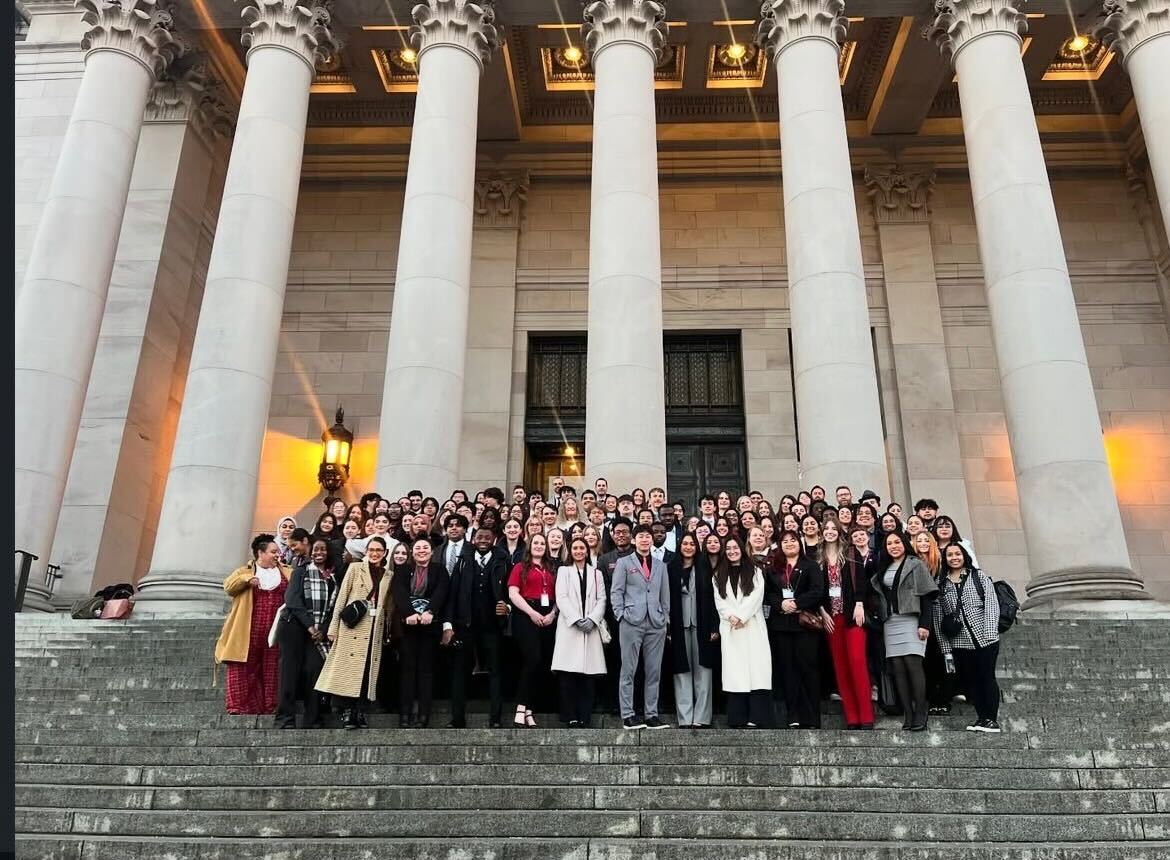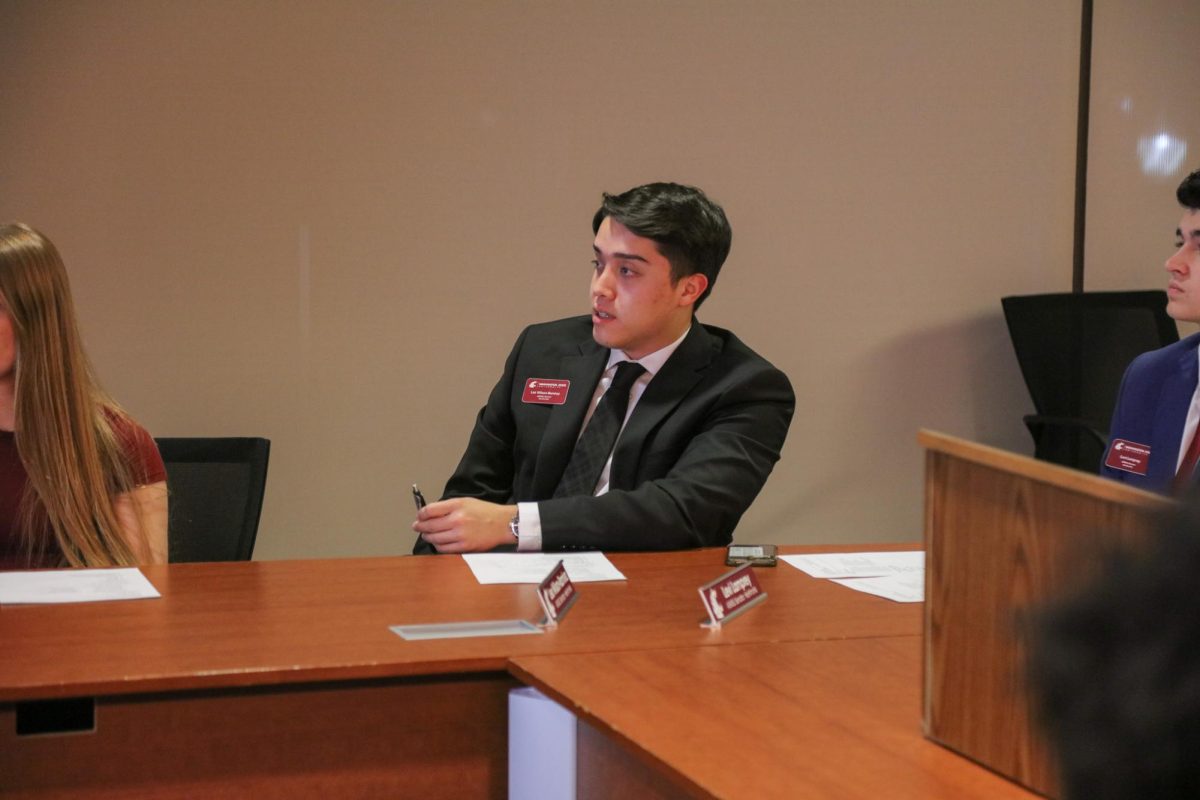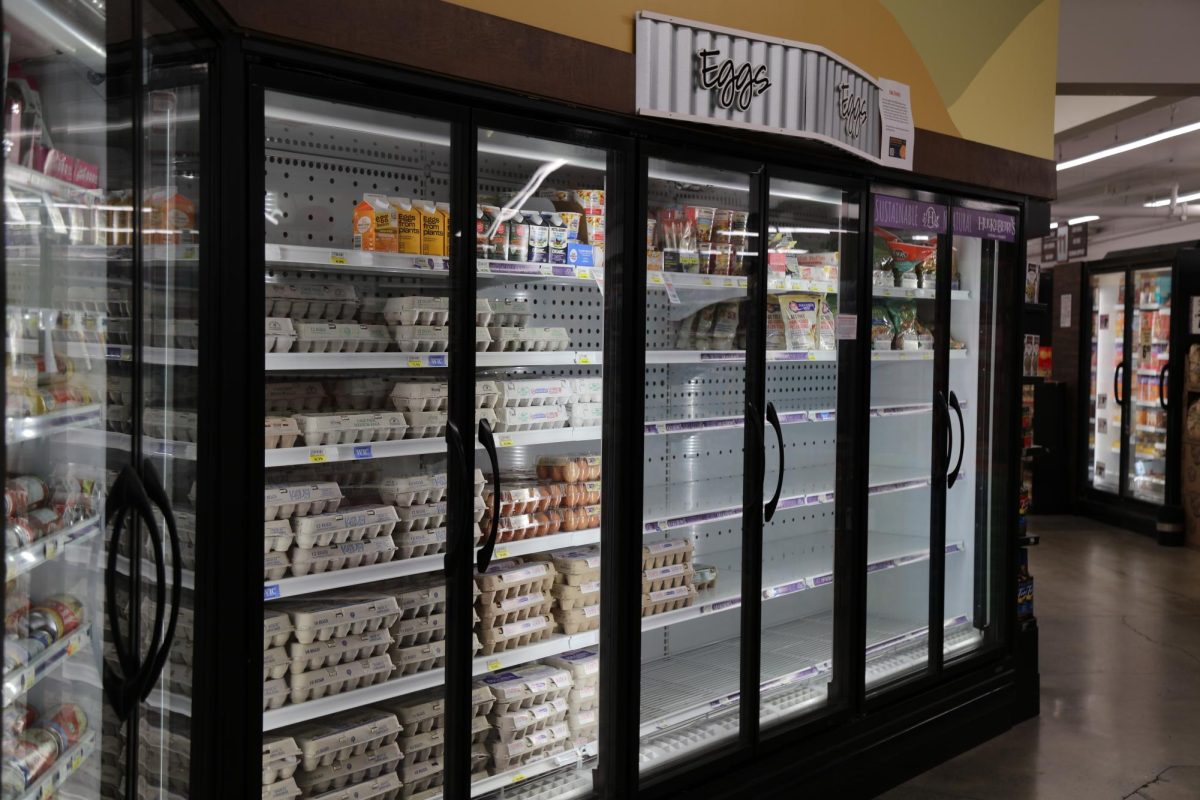On Jan. 26 the Board of Regents approved a 3% increase in tuition rates, raising tuition from $10,976 to $11,305 for full-time undergraduate students, according to WSU Insider
Phil Weiler, Marketing and Communication vice president, said that these gradual increases in tuition can be attributed to the Great Recession the U.S. experienced in 2008.
“When the recession hit we lost about 50% of our funding from the legislature pretty much immediately, and the legislature said ‘Hey, we’re cutting you because you have another revenue source, that’s tuition. You need to go and have students pay more tuition to help cover this all because the state just doesn’t nearly have enough money to do everything it needs to do,'” Weiler said.
This change caused a significant spike in tuition costs, with increases of 10–15% occurring every year. Following protests from students, the state legislature paid more to schools and caused tuition to decrease, Weiler said. However, tuition never fully stabilized as it experienced many fluctuations over the years. Following this, WSU’s Board of Regents decided to have incremental tuition increases ranging from 2–3% in order to help students plan financially.
“It’s great when [tuition] goes down one year, but then if it goes back up again, as a student, there’s no way you can plan for that. And seeing that several years ago, the Board of Regents said, ‘Look, this is not a good way to, first of all, run a business, and it’s not a good way to make sure that students can plan financially for their future,” he said. “So one of the things that they wanted to do is to say, ‘Let’s do consistent small increases each year so that students know what to expect. They know it’s going to be between 2½ and 3% every year.’”
This would also allow WSU’s financial staff to prepare for any possible changes in revenue, Weiler said.
Tuition increases are also done in accordance with the maximum rate set by Washington State, he said. Previous increases have ranged from 2.5–2.7%. However, the specific changes in tuition depend on whether students are Washington residents, non-residents, or internationally-based.
It is also important to note that tuition only accounts for a portion of WSU’s operating budget, he said.
“The university operates on more than just tuition, tuition makes up about half of our operating budget. The other half is now appropriations from the State of Washington,” he said. “So, when we have a 3% increase in tuition, that doesn’t mean that our overall budget has increased 3%. It means that that portion of the budget paid for by tuition has gone up, but the cost to provide education to students has been outstripping tuition increases year after year after year.”
When decisions such as these are made, the Board takes into account the Higher Education Price Index, he said.
“I think last year, the Higher Education Price Index had increased 10%, and we increased tuition 2.5%. So the point is, our buying power keeps getting eroded,” he said. “When the Regents look at [if] they are going to raise tuition, and if so, how much, I think their tendency is ‘We’re just going to go up to the cap that we’re allowed to go up to by the legislature.’ It’s just sort of one piece of a larger puzzle, to be able to find and provide education to students.”
Aside from these external factors, this decision can also be attributed to internal issues WSU is currently facing, he said.
“We have fewer students today paying tuition than we did, say, five years ago. You’re losing buying power, because inflation is outstripping your increase in tuition, and you have less people paying tuition, so that complicates things,” he said. “I’ve been here now going on 7 years [and] every year I’ve had to make budget cuts because we’ve never had enough money to operate. The priority always is to make sure that student-facing programs are not impacted.”
Following this, enrollment is vital to consider as it accounts for who is affected by these incremental increases in costs, he said.
“If the Regents are discussing this idea of a 2–3% annual increase, it really depends on how many people are actually paying that. It always depends on how many students are enrolled and that’s why enrollment is really, really critical for us because the more students we have enrolled, the more that increase is going to be able to bring in and really help close the gap in buying power,” he said.
Olivia Soliz, freshman broadcast news and broadcast production major, said that she was unaware of the increase and is concerned about what this will mean for her as an out–of–state student.
“I need to look into it because right now I’m a little bit worried because my tuition is really high, so I’m already looking into scholarships and stuff like that,” she said. “I have a feeling that, since I’m already kind of barely able to afford even coming here, then it’s probably going to just add [a] burden not only on me but my family as well. So we’ll see how that goes.”
Sophomore business major Carly Ostrem, said that this might disproportionately affect international students. While also expressing understanding for the increase, she also said that costs are high as it is.
“I get why they might have to increase it because of the whole PAC-12 thing, but that’d be my only reasoning,” she said. “I just kind of wish they would keep it where it is, tuition is already expensive enough.”
Given how diverse WSU’s student body is, this increase is likely to affect everyone in different ways, Soliz and Ostrem said.
Senior biology major William Dubar said that this was unsurprising and currently does not have any impact on his education.
“I still would go to WSU because I have other reasons, I like being here, so the price isn’t one of them. But once I’m a senior, super senior, and it starts getting there then yeah I’ll probably go to community college or somewhere cheaper,” he said. “Things start to add up…as you start getting 5 [or] 6 [years in], with med school farther down the line, yeah I could see that being a factor.”
Joe Morgan, junior sports management major, said that this kind of increase in costs is something to be expected.
“School is expensive so it’s gonna be expensive period. A 3% increase, it’s bad but it could always be worse, it could be a 5 or it could be a 10,” Moran said.
Regarding how this might affect the student body, an increase such as this may decrease enrollment but won’t hinder WSU entirely, Morgan said.
Those who are facing increased living costs may also be more impacted by a rise in tuition, Dubar said.
“I’ve heard some people have [their] rent increasing…I think this, in conjunction with rent increases, and then if something happens in their personal life, like if they [face] a medical emergency, I’m sure it can be a pretty big cascading kind of effect,” he said.
WSU’s recent departure from the PAC-12 may have contributed to this as well, Dubar and Morgan said.
All funds from this increase in tuition will go towards instruction costs, Weiler said.
“The intent is that this would just go into the general fund which is used to be able to provide instruction to students. It’s not like it’s going to be used for a specific project, it’s really to pay for the cost of educating students,” he said.
When making these decisions, the Board as much as possible hopes to avoid increasing costs to the point where education is no longer feasible for students, he said. As such, they aim to ensure that those with the most financial need remain unaffected.
“[If] they’re a Pell Grant-eligible student or if they’ve taken advantage of the Washington College grant, those get grossed up to cover the tuition increase. So if you’re a recipient of those and you’re a financially high-need student, your tuition is still going to be covered,” he said.











